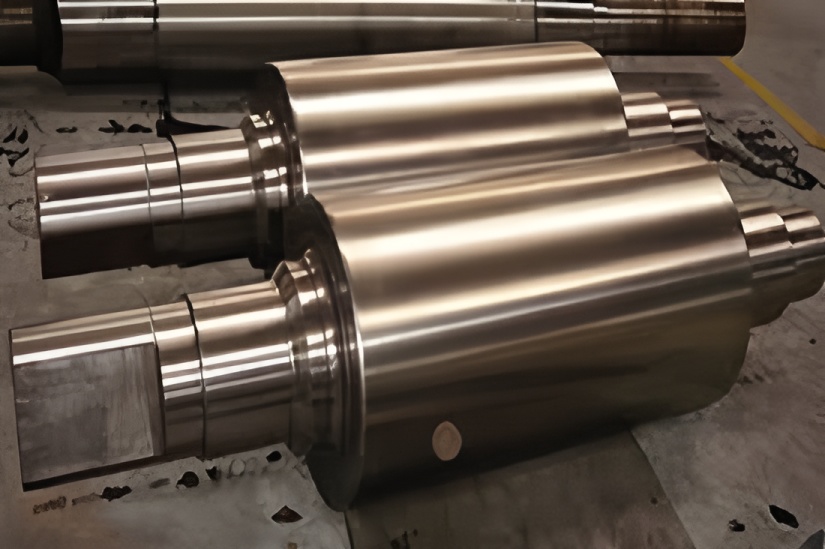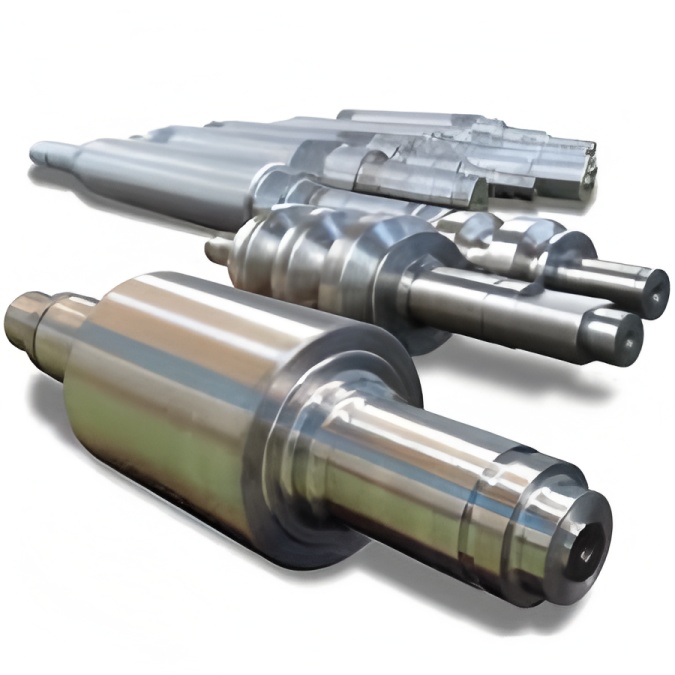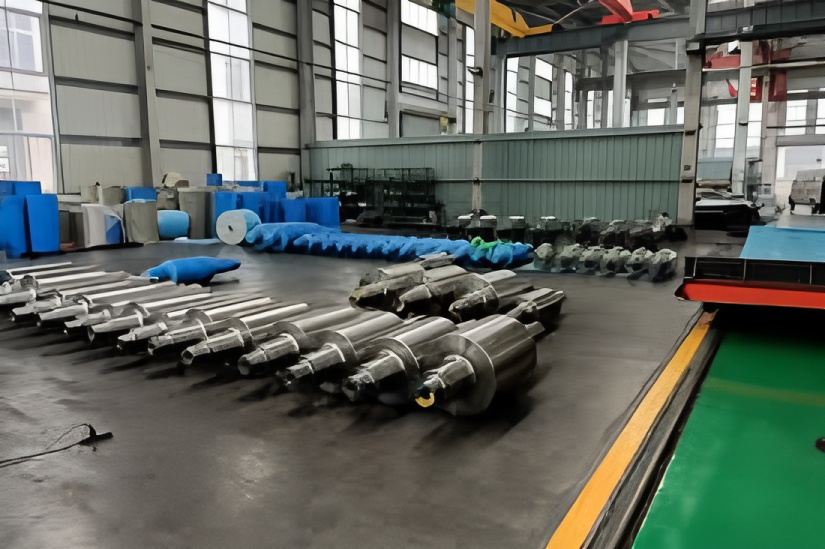Hot-rolled strip steel serves as a crucial material across numerous industries. With intensifying market competition and rising customer expectations, quality control becomes increasingly vital. Common hot-rolled defects include surface imperfections, compositional abnormalities, shape defects, dimensional variations, and coil appearance issues. This study systematically categorizes these defects and establishes corresponding control measures.
1. Scratch Defects
Defect Characteristics:
Linear surface damage below the rolling plane appears gray-black at high temperatures and metallic gray-white at room temperature. These longitudinal defects feature narrow, clear boundaries and distribute along the strip’s width and length.
Causes:
Sharp edges on work roller tables, side guides, or guard plates. Finishing mill F7 exit guards and cooling bed rollers are primary sources, producing continuous or intermittent scratches respectively.
Prevention:
Ensure all contact equipment maintains smooth, rounded surfaces.
Inspection:
Visual examination with depth limitations per standard specifications.
2. Scale Defects
2.1 Incomplete Descaling
Large-area defects with uneven oxide particle concentration result from malfunctioning descaling systems, including nozzle blockages, angular deviations, or process delays.
2.2 Boat-shaped Scale
Willow-leaf shaped defects along edges contain dense oxide particles. Analysis indicates origin in preliminary rolling stages, requiring attention to heavily compressed dark areas.
2.3 Pinhole Scale
Diffuse distribution of fine oxide pores from F2-4 work roll surface imperfections. Dense pinholes may persist through cold rolling processes.
2.4 Oxide Film Issues
Unbalanced formation/decomposition dynamics create unstable surface structures, requiring delicate equilibrium maintenance.
2.5 Adhesive Scale
Randomly distributed iron particles from accumulated rolling dust, particularly problematic in finishing stands F5-7 with inadequate dust removal.
2.6 Starlight Scale
Meteor-shaped defects approximately 30mm long, prevalent in silicon steel due to dust accumulation and rolling compression.
2.7 Red Scale
Reddish-brown spots or streaks in high-silicon grades, caused by elevated silicon content and excessive slab heating temperatures.
3. Edge Cracks
Three primary mechanisms:
Friction damage from finishing mill guides
Groove formation in coiling side guides
Surface pitting from embedded metal particles
4. Peeling Defects
Originating from slab surface damage or slag inclusions, these skin-like defects occur particularly when roughing mill exit descaling is inoperative.
Prevention: Enhanced inspection and control of head/tail circular cracks.
5. Wave Defects
Characteristics:
Waveform bending categorized as center, rib, or edge waves based on distribution.
Causes:
Improper roll crown, uneven wear, incorrect reduction distribution, strip deviation, inadequate cooling, or temperature non-uniformity.
Control Measures:
Optimized roll configuration and replacement schedules, rational rolling plans, proper roll gap maintenance, enhanced cooling control, and uniform temperature management.
6. Roll Marking
Periodic surface imperfections from roll damage or adhered foreign matter.
Prevention:
Regular roll surface inspection, immediate post-incident examination after cobbles or tail whipping, and prompt停机 when defects are detected.
7. Conclusion
As a vital industrial material, hot-rolled strip steel faces increasing quality demands in competitive markets. Statistical data indicates over 70% of quality complaints relate to surface conditions like peeling, roll marks, pitting, and scale defects. Therefore, enhancing surface quality represents a crucial factor in maintaining market competitiveness for hot-rolled steel producers.



